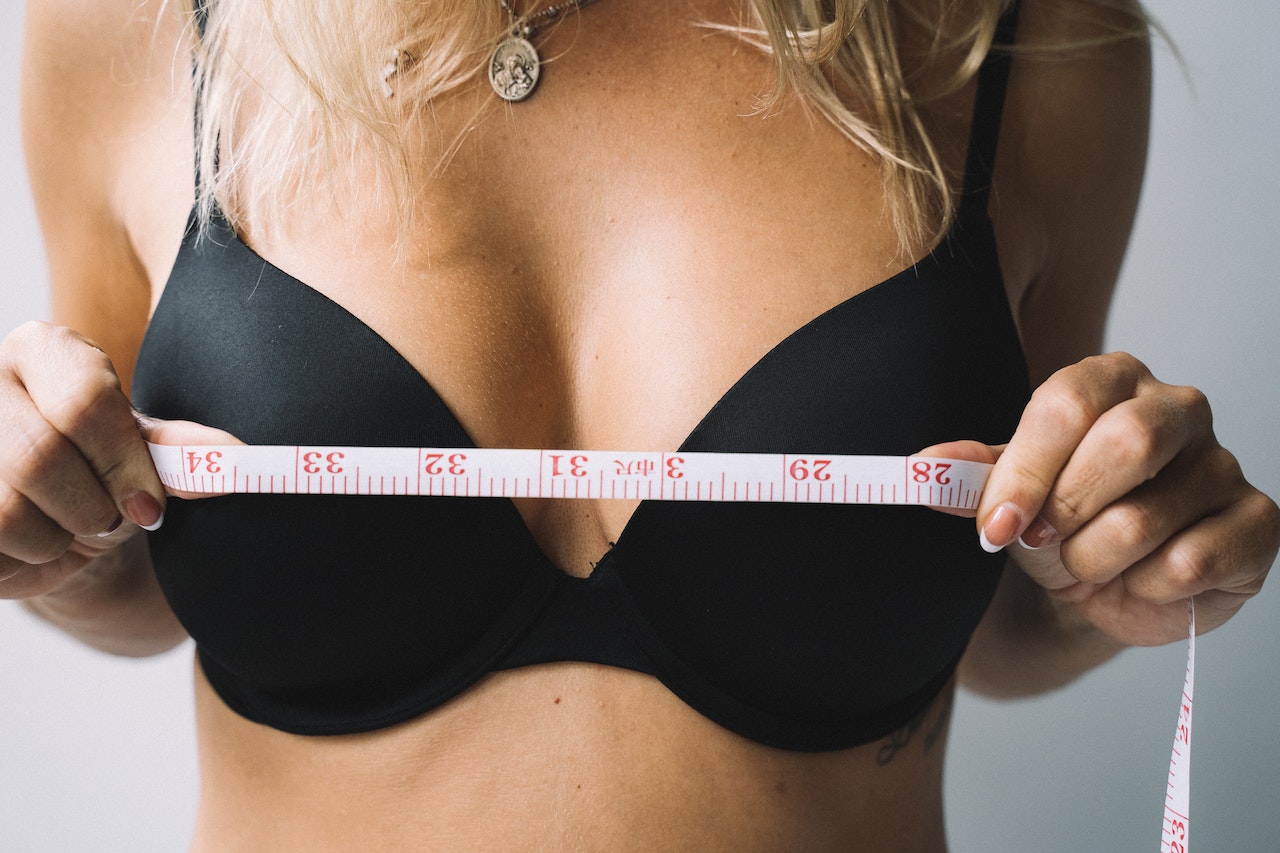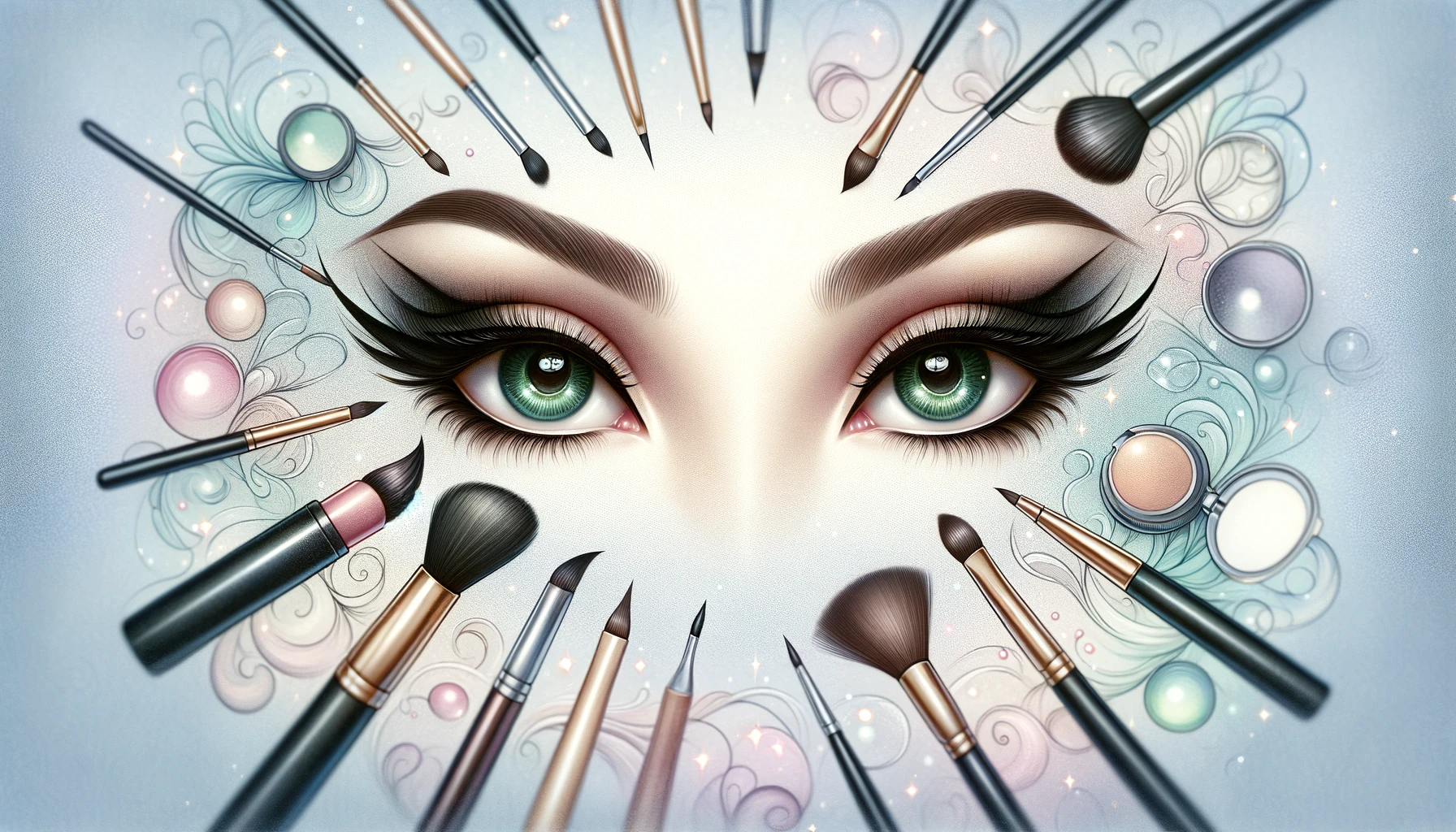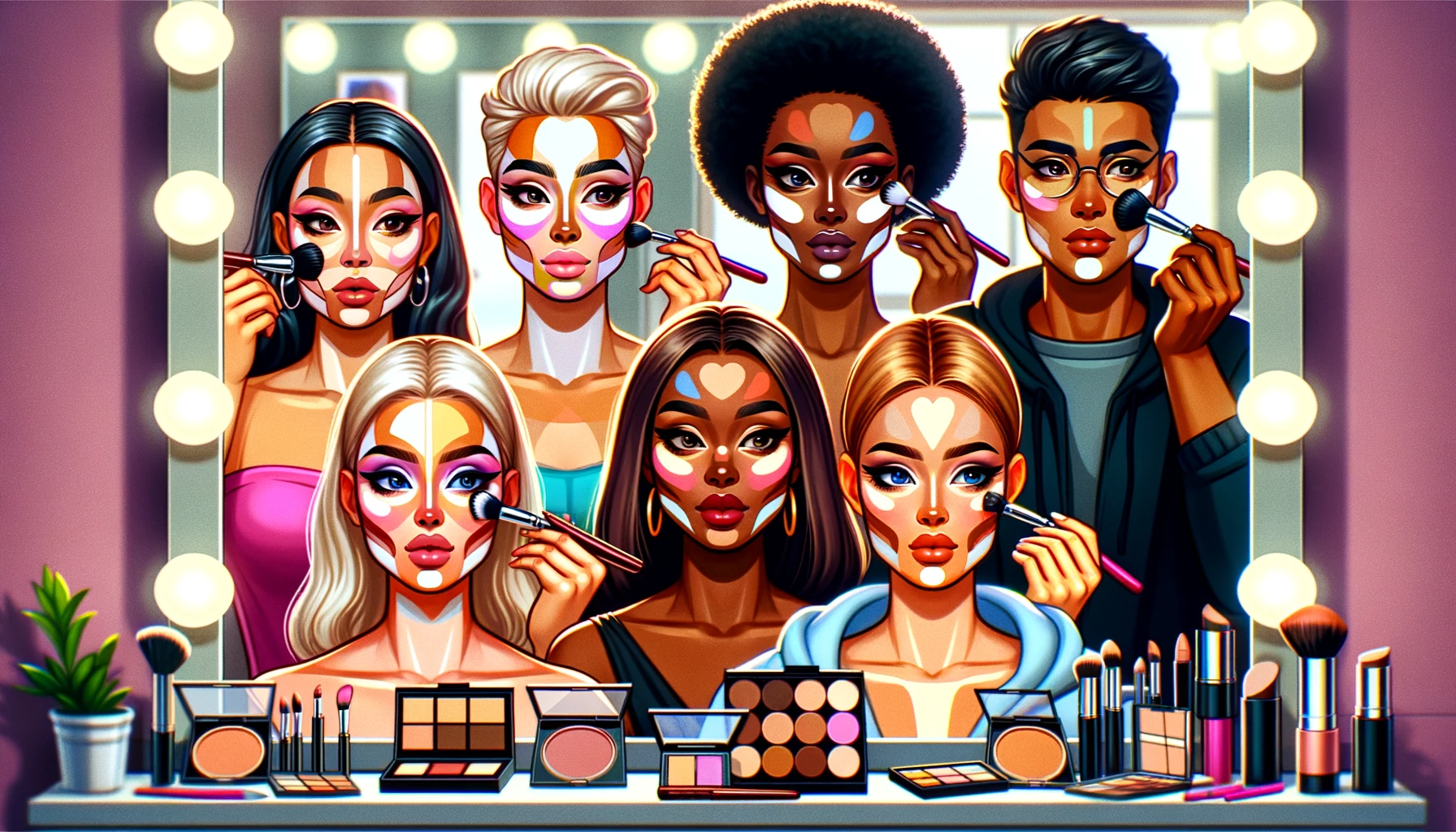Ingrown hairs. Nature’s tiny reminders that your skin doesn’t always appreciate your grooming attempts. It’s almost as if your skin says, “Oh, you tried to shave or wax? Cute. Here’s a painful, unsightly bump for your efforts.” But fear not, my dear friend, for I come bearing wisdom (and a healthy dose of humor) on how to prevent these stubborn little invaders.
1. Exfoliate, But Not Like You’re Sandpapering A Wooden Table
Exfoliating is your skin’s best friend – especially when it comes to keeping those pesky hairs in check. It removes dead skin cells, making it harder for your hair to get trapped. Imagine trying to find your way through a dense forest versus a well-maintained path. Which do you think your hair would prefer? But remember, your skin isn’t a woodworking project. Gentle exfoliation is the name of the game. Unless you’re trying to recreate a red tomato look, keep it gentle.
Products to consider: Look for body scrubs or facial exfoliants that contain ingredients like salicylic acid or alpha hydroxy acids. They’re like the guidance counselors of the skin world – they keep things moving in the right direction.
You may also read how to make your own body scrub.
2. A Clean Shave Isn’t Always The Best Shave
Sharp razors? Check. Shaving in the direction of hair growth? Check. Using a shaving cream or gel? Double-check. If you’re shaving like it’s a race, or using a razor older than your grandma’s recipes, you’re asking for trouble. Dull blades and hasty shaves can lead to hairs that grow back into the skin.
Pro-tip: Keep your razors sharp and clean. After every shave, rinse it thoroughly and allow it to air dry. This isn’t just about hygiene; it’s about ensuring you don’t turn into a spiky pincushion.
3. Tight Clothing: Your Skin’s Passive-Aggressive Enemy
You might love those skin-tight jeans or that clingy top, but guess what? Your skin? Not so much. Tight clothing can push hairs back into the skin, especially after shaving or waxing. It’s like forcing a group of introverts into a crowded party – it won’t end well. Instead, opt for looser clothing immediately after grooming.
Side note: Your skin will thank you. And hey, maybe it’s an excuse to wear those comfy sweatpants you secretly love.
4. Waxing: Not Just An Exercise in Pain Tolerance
Thinking of ripping your hairs out from their comfortable homes? Brave soul! If you’re going the waxing route, make sure the hair is at least a quarter of an inch long. Too short and the wax might not grip properly, leading to broken hairs. Broken hairs are like the disgruntled employees of the hair world – they can rebel and cause ingrown hairs.
5. Tweezers: The Unsung Hero
So, despite your best efforts, an ingrown hair has sprouted and decided to throw a little party under your skin. Rude. Enter the humble tweezer – a tool so basic yet so mighty. But before you go playing amateur surgeon, make sure that the hair is close to the surface. If it’s playing hide-and-seek deep within your skin, leave it be. Otherwise, you risk scarring and infection. And who wants that?
Friendly reminder: After playing the hero and extracting the hair, disinfect the area and the tweezer. And maybe give your tweezer a little thank-you note for its valiant efforts.
6. Warm Compress: A Hug for Your Skin
A warm compress can coax that shy ingrown hair closer to the surface. Think of it as a spa day for that one rogue hair. Soak a cloth in warm water, wring it out, and place it on the affected area for a few minutes. This can soften the skin and help the hair break free from its fleshy prison. If the hair emerges (hallelujah!), you can use your trusty tweezer to gently pull it out.
7. Retinoid Creams: Not Just for Wrinkles
Retinoid creams aren’t only for those trying to turn back the clock on aging. They can also thin the skin ever so slightly, making it easier for hairs to break through the surface instead of growing sideways like a misbehaving teenager. Plus, it helps in clearing up dark patches that can form due to ingrown hairs. So, it’s a win-win!
8. Prevention Over Cure
Remember how we talked about exfoliating? It’s worth mentioning again. Keep up with regular exfoliation to stop ingrown hairs from even thinking about setting up camp on your skin. Also, if you find a particular method of hair removal consistently gives you ingrown hairs, it might be time to consider alternative methods. Your skin, like a disgruntled cat, has ways of telling you it’s unhappy. Listen to it!
In Conclusion
Ingrown hairs, the bane of our smooth-skin dreams. But with these tips and a sense of humor (because let’s face it, skincare mishaps are universal), you can conquer them. Here’s to smooth, bump-free skin and the confidence to flaunt it – without any tiny hair rebels ruining the parade.
Extra Pro Tips for the Bump-free Brigade
- Natural Remedies to the Rescue: Aloe vera isn’t just for sunburns. Applying a bit of this soothing gel can calm inflammation from ingrown hairs. Similarly, tea tree oil, with its antiseptic properties, can keep infections at bay. However, always dilute essential oils before applying to the skin.
- Hair Direction Matters: When you shave, start by going with the direction of the hair growth. This reduces the risk of hairs growing back into the skin. You can go against the grain for a closer shave, but only after the initial pass.
- Lotion Up: Moisturizing isn’t just a luxury; it’s a necessity. Well-hydrated skin allows hairs to push through more easily. Dry, flaky skin? That’s a ticket to Ingrownville.
- Seek Professional Help: If you’re consistently struggling with ingrown hairs, especially in sensitive or hard-to-reach areas, consider getting professionally waxed. Professionals know the tricks of the trade to reduce the risk of those pesky bumps.
- Consider Laser Hair Removal: Tired of the constant battle? Laser hair removal, though an investment, reduces hair growth over time and can significantly diminish the occurrence of ingrown hairs. Think of it as a long-term peace treaty with your skin.
- Pillowcase Switch: This might sound odd, but for those who get ingrown hairs on their face, consider how often you change your pillowcase. Oils and dirt from your hair can transfer, potentially clogging up your pores and causing hairs to grow inward.
- Educate Yourself: There are different types of ingrown hairs. Some might be due to curly or coarse hair that naturally curls back, while others might be from hair growing sideways under the skin. Understanding your type can help you tailor your prevention strategy.
- Remember, It’s Natural: Everyone gets an ingrown hair at some point. Don’t be too hard on yourself. With the right tools, knowledge, and a bit of humor, you can manage them effectively.
Armed with these extra tips, you’re now better equipped to tackle any rogue hairs that dare to grow in the wrong direction.
Frequently Asked Questions (FAQs) About Ingrown Hairs: The Hairy Truth
An ingrown hair occurs when a strand of hair grows back into the skin or grows sideways under the skin. This can lead to a red, painful bump that looks a bit like a pimple. It’s basically the hair’s rebellious phase.
Several factors can lead to ingrown hairs, such as tight clothing, improper shaving techniques, clogged pores, and naturally curly hair. Sometimes, the hair just doesn’t get the memo on which direction to grow.
Resist the urge! Popping the bump can lead to infections or scarring. It’s not a pimple, even if it throws a convincing impersonation.
Yes, individuals with curly or coarse hair may experience ingrown hairs more frequently, as their hair naturally tends to curl back into the skin.
Most ingrown hairs will resolve on their own in a few days to a couple of weeks. If it doesn’t, or if it becomes painful or infected, it’s time to visit a dermatologist.
While you might not be able to avoid them 100% (unless you opt for something like laser hair removal), following the prevention tips in our article can drastically reduce their occurrence.
Yes. Areas that are frequently shaved or waxed, such as the face, legs, armpits, and bikini area, are more susceptible.
Not usually. However, if you notice a consistent pattern or if the bumps become painful, infected, or leave scars, it’s a good idea to seek advice from a dermatologist.
If the hair is close to the skin’s surface, you can gently coax it out with tweezers. However, for deeply embedded hairs, it’s best to leave them alone or seek professional help.
Hair removal creams (depilatories) can be an alternative to shaving, and some people find they reduce the risk of ingrown hairs. However, they can also irritate the skin, so patch-test any product first.



